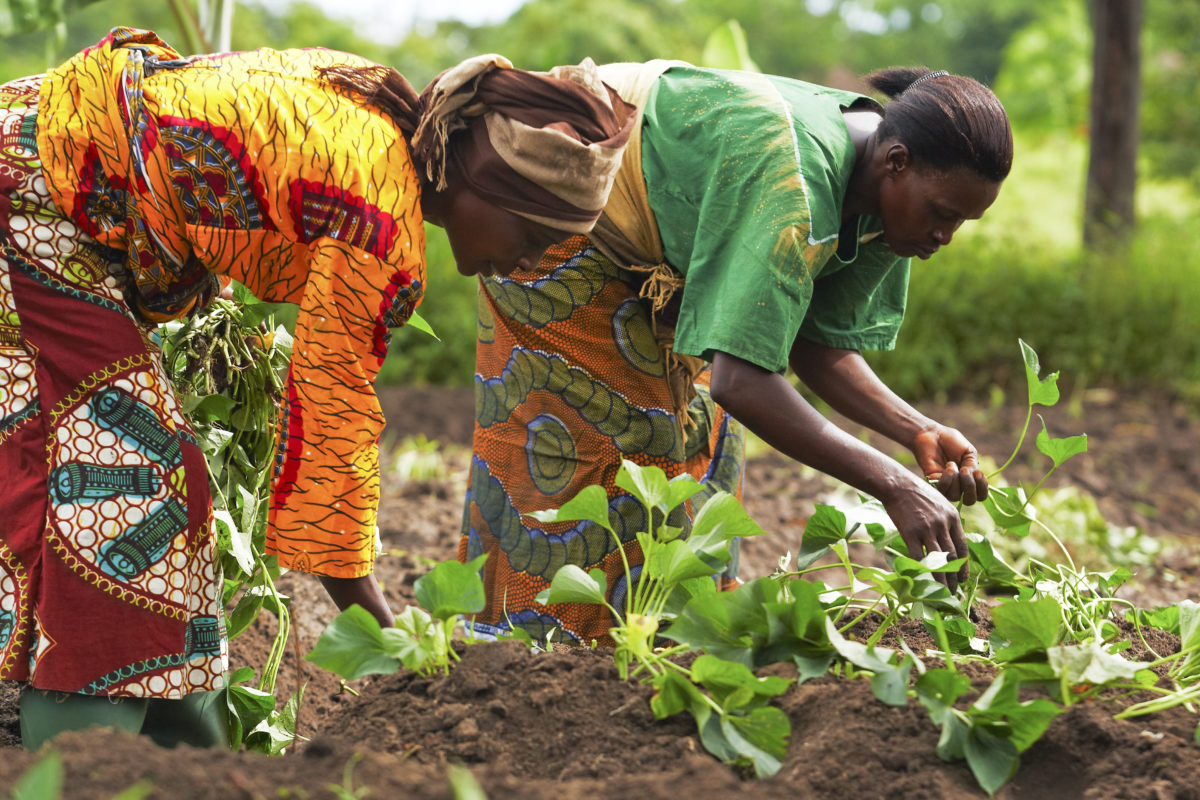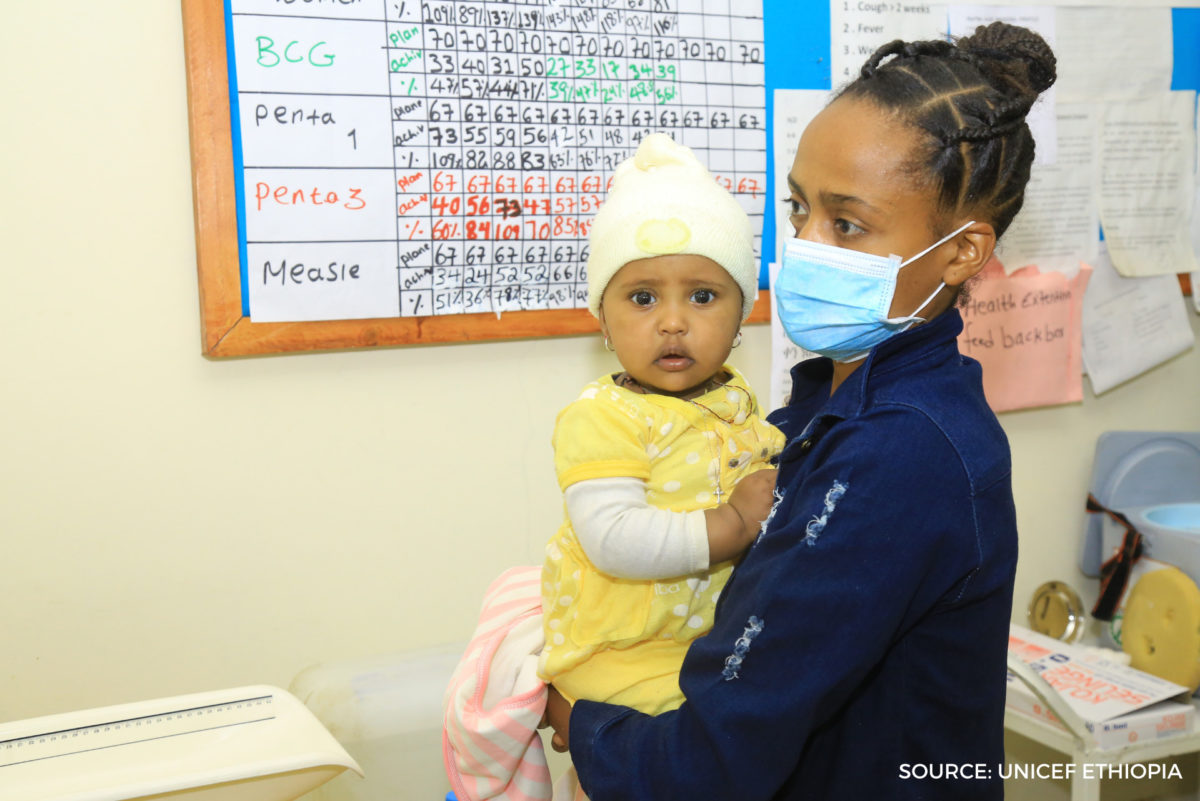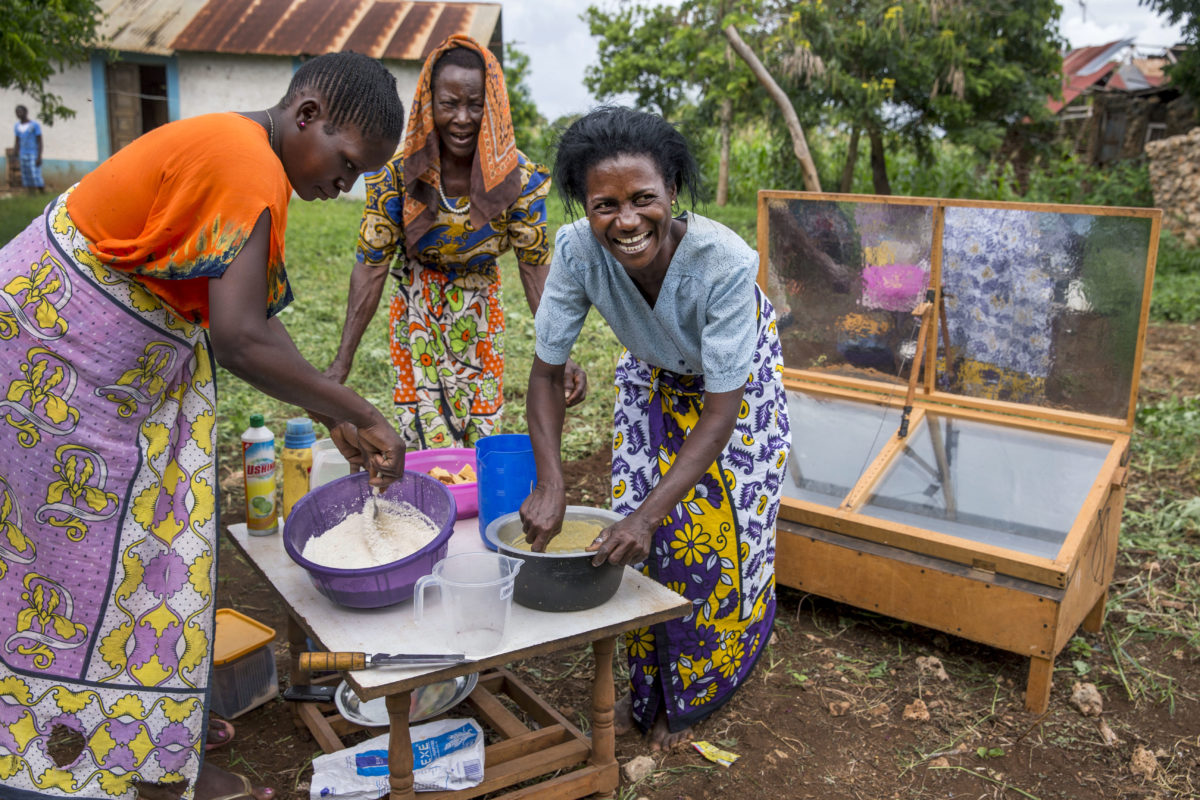Nutrition Bills We Support that Protect Families in their 1,000-day Window
The nutrition that people receive leading up to and throughout their pregnancy, as well as the nutrition their babies receive in the earliest years of life, has a profound impact on a child’s ability to grow, learn, and thrive. This month, in honor of National Nutrition Month and as part of our annual #March4Nutrition campaign, 1,000 Days is highlighting some of the nutrition (including breastfeeding-related) legislation that we support. It is our hope that, with these bills enacted, moms, babies, and their families here in the U.S. and around the world will receive the support and resources they need to begin to build a healthier future.
Special Supplemental Nutrition Program for Women, Infants, and Children (WIC):
H.R. 2011 / S. 853, the Wise Investments in our Children (WIC) Act (Rep. Rosa DeLauro, D-CT, and Rep. Jenniffer Gonzalez-Colon, R-PR; Sen. Robert Casey, D-PA, and Sen. Susan Collins, R-ME)
These bills extend WIC eligibility, for women to two years postpartum and allow children to receive benefits through their sixth birthday. It also extends the program certification to two years, which makes it easier for people to continue to receive WIC benefits.
H.R. 4455, the WIC for Kids Act (Rep. Jahana Hayes, D-CT, and Rep. Jenniffer Gonzalez-Colon, R-PR)
This bill makes it easier for families to participate in WIC by providing automatic eligibility to pregnant and postpartum people and children who participate in SNAP, CHIP, Head Start, or Food Distribution Program on Indian Reservations. It also extends postpartum eligibility and aligns family certification windows.
H.R. 6781/ S. 3326, the MODERN WIC Act (Rep. Andy Leven, D-MI, and Rep. Jaime Herrera Beutler, R-WA; Sen. Kirsten Gillibrand, D-NY, and Sen. Roger Marshall, R-KS)
These bills make it easier for families to apply for WIC by revising in-person application requirements to allow for video or telephone certifications. It also allows for remote benefit issuance and provides an annual investment in technology upgrades to support the WIC program.
Child and Adult Care Food Program (CACFP):
S. 1270, the Access to Healthy Food for Young Children Act (Sen. Robert Casey, D-PA)
This bill supports improved nutritional value of meals and snacks in child and adult care settings by increasing CACFP reimbursement values by 10 cents per meal. It also streamlines paperwork requirements for child care centers in high poverty areas, making it easier for centers to participate in the program and provide nutritious meals and snacks.
H.R. 5919, the Early Childhood Nutrition Improvement Act (Rep. Suzanne Bonamici, D-OR, and Rep. Jaime Herrera Beutler, R-WA)
This bill allows for CACFP providers to serve an additional meal or snack to children in care for a full day and streamlines the certification progress for new providers, expanding access to the program.
Breastfeeding:
H.R. 3110 / S. 1658, the Providing Urgent Maternal Protections (PUMP) for Nursing Mothers Act (Rep. Carolyn Maloney, D-NY, and Rep. Jaime Herrera Beutler, R-WA; Sen. Jeff Merkley, D-OR, and Sen. Lisa Murkowski, R-AK)
These bills would expand access to accommodations for expressing breast milk in the workplace, extending protections in the 2010 Break Time law to 9 million currently excluded workers, including teachers and nurses.
H.R. 804 / S. 248, the Family and Medical Insurance Leave (FAMILY) Act (Rep. Rosa DeLauro, D-CT; Sen. Kirsten Gillibrand, D-NY)
These bills would provide comprehensive paid family and medical leave of up to 12 weeks to all workers in the United States. Categorically recognizing paid leave as a public health imperative, this bill has the potential to transform the lives of moms and babies. As research shows, paid leave supports breastfeeding initiation and duration in a number of ways. For example, a mother is more than twice as likely to stop breastfeeding in the month she returns to work compared to a mother who has not yet returned to work.
Global Malnutrition:
H.R. 4693 / S. 2956 the Global Malnutrition Prevention and Treatment Act of 2021 (Rep. Gregory Meeks, D-NY, Rep. Michael McCaul, R-TX, Rep. Chrissy Houlahan (D-PA), and Rep. Young Kim, R-CA; Sen. Chris Coons, D-DE, Sen. Roger Wicker, R-MS, Sen. Tim Kaine, D-VA, and Sen. John Boozman, R-AR)
These bills will bolster the federal government’s efforts to address global malnutrition and build resilience, particularly as the world continues to respond to and recover from COVID-19 and other global shocks. Additionally, it will authorize USAID to advance targeted interventions to prevent and treat malnutrition around the world, ensure a continued focus on multi-sectoral nutrition programs, and require robust monitoring of these interventions to ensure effective use of taxpayer dollars.






